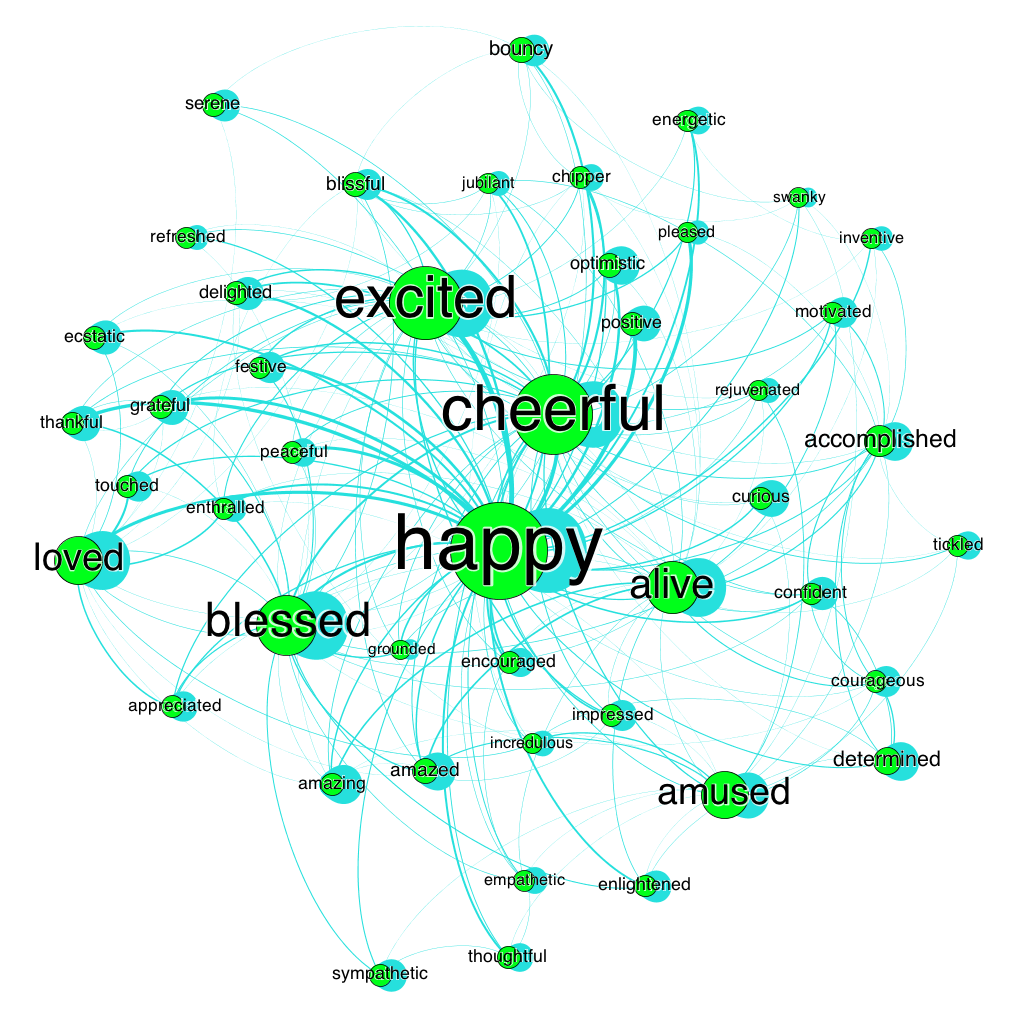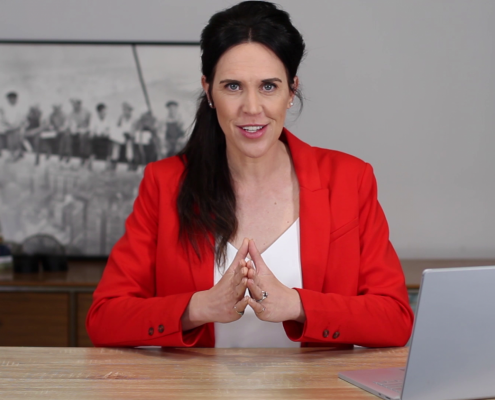Last week, the 6th and 9th August, marked the 75th anniversaries of the dropping of the atomic bombs on Hiroshima and Nagasaki that each killed at least 50,000 people. The victims were overwhelmingly civilians, primarily the old, the young, and women.
My husband and I visited the Hiroshima Peace Memorial in Japan in 2006 and it had a profound effect on both of us. We came back to Australia wanting to share our experiences with family, but our visit to Japan wasn’t necessarily welcomed by my husband’s grandmother!
Her father had unfortunately spent time in Changi Prison, which while located in Singapore was under Japanese occupation at the time of World War II. The horrors that he must have described have unfortunately forever impacted his daughter.
She couldn’t for the life of her understand why we would want to visit Japan because she simply could not forgive the atrocities inflicted on her father.
But forgiveness in positive psychology is most often viewed as a character strength and a virtue worth pursuing for everyone who desires a greater sense of wellbeing and that’s because forgiveness brings about positive emotions.
Forgiveness is conceptualized as an emotional juxtaposition of positive emotions (i.e. empathy, sympathy, compassion, or love) against the negative emotions of unforgiveness. That is, when people forgive, they free themselves from the emotional burdens of bitterness, resentment, and hatred and this can be powerful and transformative, especially if it is accompanied by additional positive emotions.
When we bring more love, kindness, empathy and compassion into our life we open ourselves up to the wonderful effects that positive emotions have on our well-being and our resilience.
Broaden and Build Theory
The effects of positive emotions on our well-being is perhaps best captured in Barbara Fredrickson’s Broaden and Build Theory (Fredrickson, 2011).
The ‘broaden’ part of the theory suggests that when we experience positive emotions our mind opens up and sees the big picture. At a very fundamental level we are able to see larger systems and larger forms of interconnection; in short, we see things differently. This can make a huge difference when we’re trying to address complex problems in our workplace and society that require, for example, non-linear thinking.
Positive emotions change the boundaries of our hearts and minds and our outlook on our environment. Her research found that positive emotions help us see past cultural differences by seeing both the unique individual as well as recognising our common humanity with others.
Workplaces that understand the power of positive emotions are more likely to have employees who cooperate with each other and who see past racial and cultural boundaries. Instead of finding differences with each other, they find similarities. Indeed, research has shown that positive emotions play a pivotal role in helping students adjust, make friends, and engage in proactive social relationships with others.
Positive emotions can therefore play a pivotal role in fostering an inclusive culture which is a culture that is more likely to cultivate a bully-free community and to not tolerate discrimination or harrassment. All critical to a physical and psychologically safe and healthy workplace.
But the benefits of positive emotions do not end with changes within individuals, because one individual’s experience of positive emotion can reverberate through other organisational members and across interpersonal transactions with customers. Positive emotions may fuel optimal organisational functioning, helping organisations to thrive and prosper.
Positive emotions are contagious
Take the example of helpful or compassionate actions. Decades of experiments show that people are more likely to help others when feeling positive emotions. But good deeds not only spring from positive emotions, they also produce them. Those receiving good deeds feel grateful, those witnessing good deeds feel elevated and those doing good deeds feel pride. Strikingly, each of these three very different positive emotions functions to increase the likelihood of further compassionate acts, creating a chain of increasing organisational impact.
Emotions aren’t static, they are always changing – flowing from one feeling to another as the day goes on. And oftentimes our emotions blend into other emotions, such as “tired” → “sad” → “frustrated,” or “excited” → “happy” → “blessed.”
A team of researchers at artificial intelligence company Kanjoya started something called the “Experience Project” to measure people’s self-reported emotions in real-time, and then graph out how those emotions flow into other emotions. This diagram shows how emotions like happiness, excitement, and cheerfulness can lead to a wide-range of other positive emotions.

From moment to moment, we jump from one “emotional node” to another. But of course, some jumps are more common and easier to make than others. Jumping between emotions in the same cluster (“joy” → “excitement,” or “joy” → “humor”) is more likely to happen than jumping between nodes in completely different clusters (“joy” → “fear,” or “joy” → “annoyed,” or “joy” → “sadness”). So, by working to cultivate any single positive emotion, we can begin to broaden the range of our experiences to other positive emotions as well.
Beyond the health of your employees, studies also document that positive emotions improve the health of business; such as lower job turnover and employee satisfaction and innovation.
Fredrickson suggests that positive emotions are similar to the light that opens a flower, they change our visual perspective at a really basic level, and because we see more, we see more possibilities.
So that’s the broaden part of her theory. The ‘build’ part of her theory suggests that positive emotions actually build our resilience by building our psychological, physiological, social and intellectual resources and ultimately these resources advance our health, survival, and personal growth and open us up to being more susceptible to finding positive meaning in events and situations and experience positive emotion and this creates an upward spiral of human growth. I’ll leave this part of the theory for another day.
Fredrickson’s broaden-and build-theory is a model for explaining the mechanisms behind positive emotions in our minds and bodies.
The Broaden-and-build theory is notable for drawing explicit attention to the positive and showing that insights result when we do something more than simply look at the absence of the negatives.
This is the essence of positive psychology. It asks slightly different questions, such as ‘what works’ rather than ‘what doesn’t’ or ‘what is right with this person’ rather than ‘what is wrong’, which was the focus of clinical psychology where there was a lot more research put into the shortcomings of individuals compared to their potential.
This approach of looking at what’s ‘working’ well and not only looking at what’s ‘broken’ is the foundation of resilience engineering or Safety-II thinking. Something I talk a lot more about in Lead with Heart in the Boardroom.
So what can you as a member of the board do to assist in creating positive emotions in your organisation?
Well here’s a tip, it’s not just about ‘being positive’. Fredrickson suggests that can backfire because a toxic insincerity can take over and do more harm to your social relationships than good and it actually harms your health.
But you can contribute and influence others by how you show up in the boardroom. As I’ve talked about previously, there is a feedback loop that happens based on what you pay attention to, monitor, comment on and how you behave to others that has an impact on what others perceive as a priority or as acceptable and that has an impact on the climate and culture of your organisation.
Here are four tips to bringing positive emotions into your boardroom:
Be open and curious. Be open and curious to positive experiences, look for opportunities to welcome positivity. Akin to gratitude, you can immediately change the way you feel by reflecting on an event that makes you feel happy, grateful, joyful or anyone of the 10 positive emotions outlined by Fredrickson in her book Positivity (see the downloadable pdf for more details and some tips for bringing these 10 positive emotions into your life and into your boardroom).
Be kind. When we are kind to others, we not only feel good, but others do too. Kindness helps us bring more compassion into our life, and compassion is another character strength worth pursuing for everyone who desires a greater sense of well-being. We need compassion when we’re in positions that ultimately are responsible for people’s lives.
Be appreciative. Gratitude is one of the easiest emotions to conjure up out of thin air, because usually we’re not paying attention to the things in our day, or in our life, that we could be grateful for. I have started using a gratitude app, called The Five Minute Journal, that can be quite useful to capture feelings of gratitude on the go. It can also capture pictures, which is sometimes an easier way to capture our feelings.
Be real. We can’t avoid negative thoughts coming into our head, and these thoughts are part of being human. So acknowledge them when they come up, but don’t dwell on them. According to Fredrickson, maximum flourishing happens when we maintain a “positivity ratio” that is roughly 3:1. This means that we should try to be spending approximately 75% of our time experiencing some type of positive emotion, and only 25% of our time experiencing negative emotions. The positivity ratio is just a guideline, but it does highlight the importance of having a healthy mix between both positive and negative emotions, with a moderate bias toward the positive .
If you want to take a quick look at your ratio of positive to negative emotions, click HERE to see Barbara Fredrickson’s 20-question “Positivity Self Test.”
As always, I hope this has helped you in your quest to know What to Ask and When to Act.
Be brave and stay true to your commitment to lead from your heart and I’m confident you will reap the rewards.
Sam
Be Curious. Be Kind. Be Brave.
Remember to take a look at the downloadable pdf that I’ve created for you to increase positive emotions in your life and improve your well-being. You can download a copy HERE.
Welcome!
I’m Samantha
I help board members succeed in the boardroom and make a positive impact on the health, happiness and resilience of society through their effective leadership and governance of safety, health and well-being.
RESOURCES
YOU MAY ALSO LIKE…
FEATURED CONTENT
[text-blocks id=”4249″ plain=”1″]










Let us know what you have to say:
Want to join the discussion?Your email address will not be published.